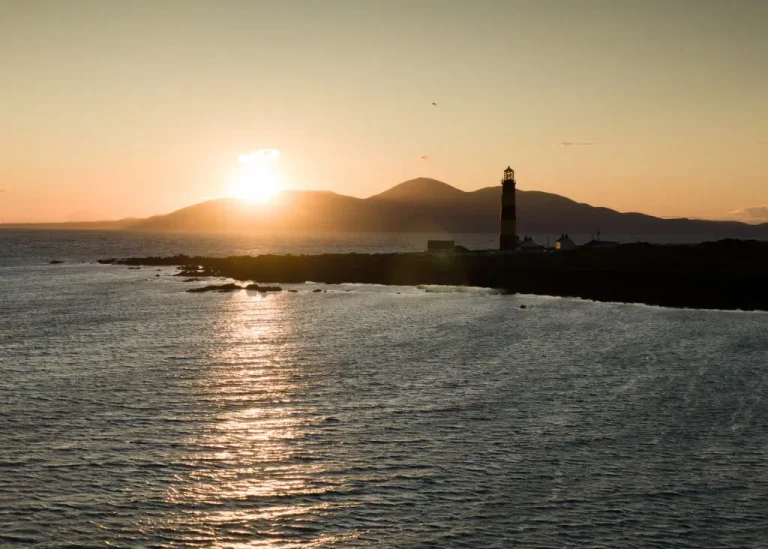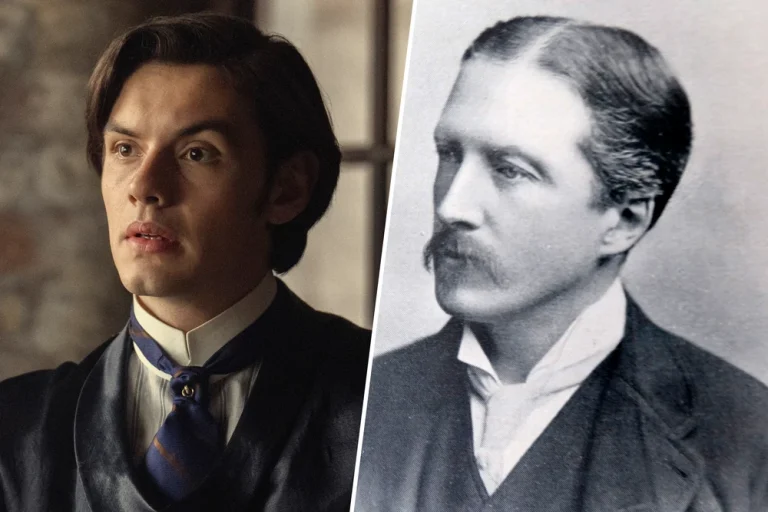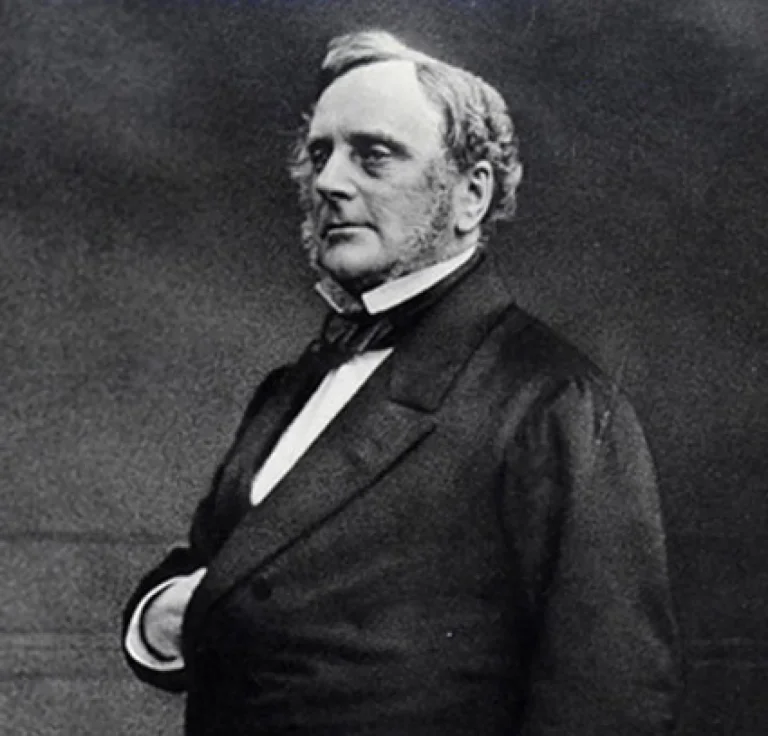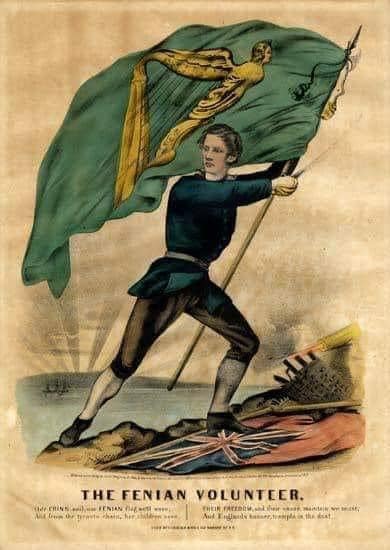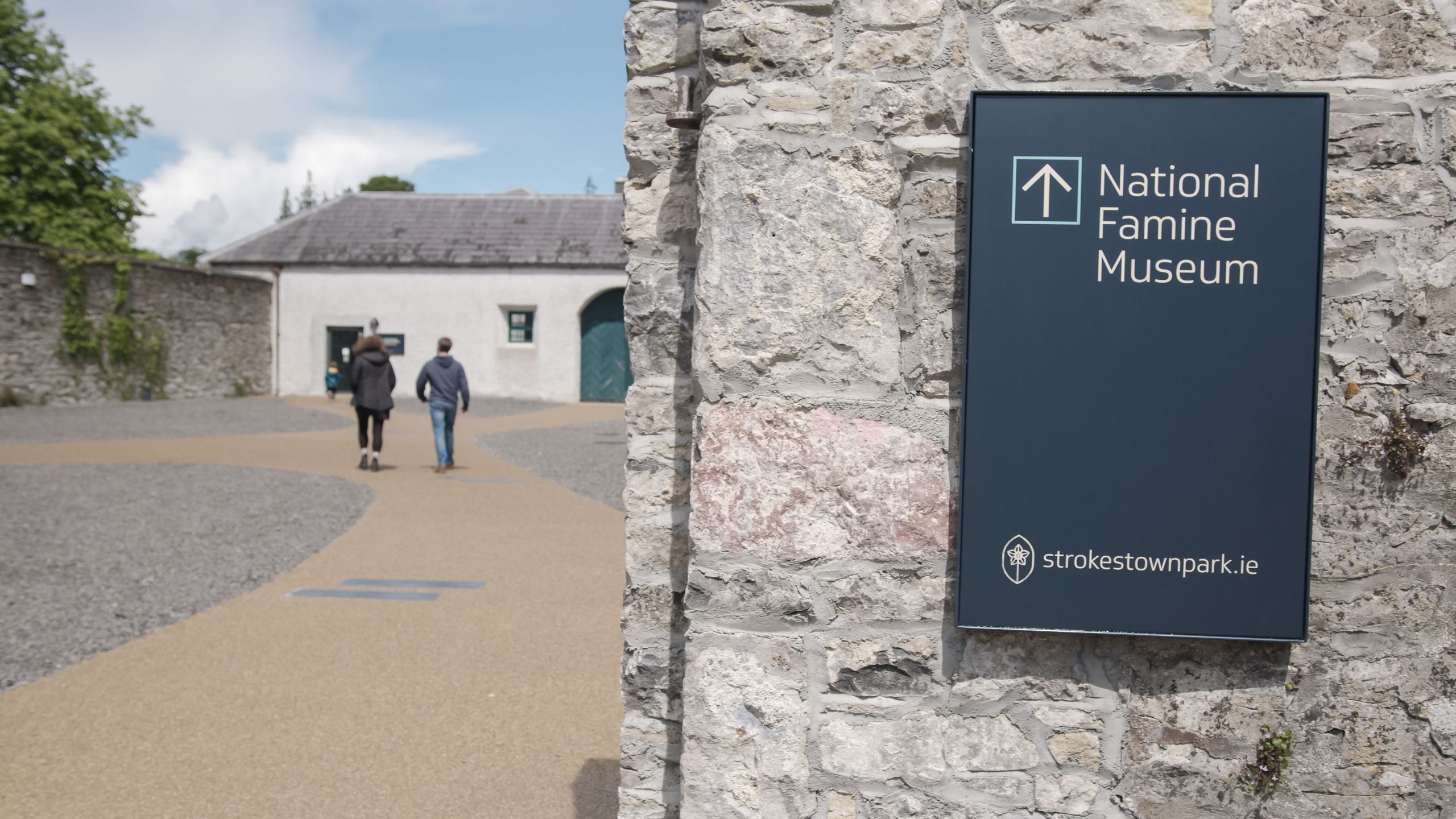
There are museums you visit for facts. And then there’s the National Famine Museum, where you go to weep.
Nestled inside the grand yet ghost-haunted walls of Strokestown Park House, this museum doesn’t flinch. It doesn’t soften the blow. It tells the story of one of humanity’s great moral failures — The Irish Famine, or as it should be named: The Great Hunger, An Gorta Mór. A wound not caused by nature, but by empire.
You don’t walk through the National Famine Museum. You pilgrimage.
What’s in Strokestown? More Than You’re Ready For
Strokestown, County Roscommon, looks like a gentle place. Trees whisper. Meadows sigh. But underneath the soil? Screams. Buried stories. Here stands the National Famine Museum, built within the once-opulent mansion of landlords who catalogued death and eviction with bureaucratic precision.
What’s in Strokestown? Pages of ledgers listing the names of the evicted. Artifacts from the ruined and starving. Testimonies from descendants. And the Famine Walk — a 165km trail retracing the journey of those marched from Strokestown to Dublin in 1847. No shoes. No food. No future.
How Long Is the Famine Walk?
About 165 kilometres. It mirrors the harrowing path of 1,490 tenants forced from their homes in Roscommon to the docks of Dublin, to board coffin ships bound for Quebec — many never survived.
But it’s not about distance. It’s about dignity. Every step is a confrontation with the lies we tell ourselves about progress, civility, and history.
National Famine Museum Tickets, Opening Hours, and Tours
If you’re searching for:
-
National Famine Museum tickets
-
National Famine Museum opening hours
-
National Famine Museum prices
-
National Famine Museum tours
-
National Famine Museum opening times
…you’re not alone. This isn’t a tourist trap — it’s a sacred space. But it’s also practical.
Opening Hours: Typically 10am–5pm daily, though seasonal hours may vary.
Tickets: Adults ~€14, children ~€8, with discounts for students, seniors, and families.
Tours: Self-guided digital tours or guided experiences available. Group bookings recommended in advance.
And once inside, time stops.
Who Owns Strokestown House Now?
The house — once the seat of the Mahon family, landlords of infamy — is now under the stewardship of the Irish Heritage Trust. But in truth, it belongs to the people. Every child of famine. Every emigrant. Every soul that ever traced their roots back to a ship’s manifest, a tear-stained diary, a dying prayer.
Which National Museum of Ireland Is Best?
There are four institutions under the National Museum of Ireland umbrella — each worthy:
-
Archaeology (Dublin): gold, bog bodies, prehistoric Ireland.
-
Decorative Arts & History (Collins Barracks, Dublin): revolution and resilience.
-
Natural History (Dublin): aka the Dead Zoo — charming, eerie.
-
Country Life (Mayo): rural tradition and memory.
But the National Famine Museum — though not part of the official four — stands apart. Because it doesn’t just show you Ireland. It hurts you into understanding it.
If you only had one museum in Ireland to visit with your soul open, make it Strokestown.
10 Facts About the Irish Famine They Never Taught You in School
-
It wasn’t a famine — it was genocide by neglect and design.
-
Ireland exported food during the hunger.
-
Over 1 million died; 2 million emigrated.
-
It decimated Irish language and culture.
-
Queen Victoria’s government enforced evictions, not aid.
-
Landlords often evicted entire villages to raise sheep.
-
The British blamed the Irish for their own starvation.
-
“Soupers” offered food in exchange for conversion.
-
Coffin ships to America were floating graves.
-
Trauma from the Famine still echoes in Irish DNA and diaspora.
For the real truth, beyond revisionism and polite history, read:
👉 The Truth Behind the Irish Famine: Myths, Blame, and What Really Happened
Famine Sites in Ireland: Sacred Soil and Silent Ghosts
The National Famine Museum is the flagship, but the island is dotted with haunted ground:
-
Doolough Valley, Mayo: site of the infamous Doolough Tragedy.
-
Kilmainham Gaol, Dublin: held the rebels who rose against the famine’s politics.
-
Skibbereen, Cork: one of the most devastated towns
-
-
Cobh, the last port of departure for many Irish emigrants.
-
St. Stephen’s Green, Dublin: a park once filled with starving families seeking aid.
More Than Memory: The Museum as Protest
You leave Strokestown not with selfies, but with sorrow. The museum doesn’t just preserve history — it interrogates you.
Why do we allow injustice to happen in real time? Why do we sanitize the past? Why do we forget?
And yet, there’s strength here too. The resilience of those who left. The refusal to forget. The bravery to look back.
Conclusion: Not a Museum — A Mirror
The National Famine Museum isn’t merely a building filled with objects. It is a mirror. It asks you not just to learn, but to feel. Not just to observe, but to reckon.
Because once you’ve walked the halls of Strokestown — once you’ve stood on the same floor where eviction notices were inked by candlelight — you realize this wasn’t history. It’s still happening. Somewhere, someone is starving while someone else eats their fill.
The museum reminds us that Ireland endured the unendurable — and sang anyway.
So if you have Irish blood, or even Irish interest, go. Stand in that silence. Read the names. Follow the path. And carry the truth with you — because truth, like famine, should never be forgotten.
-
